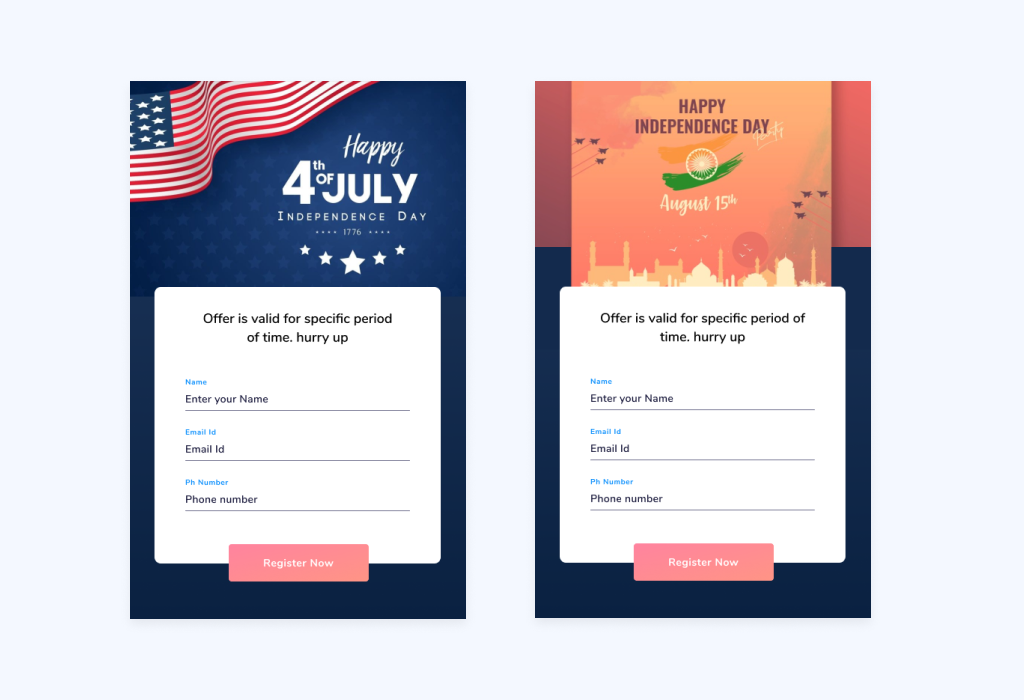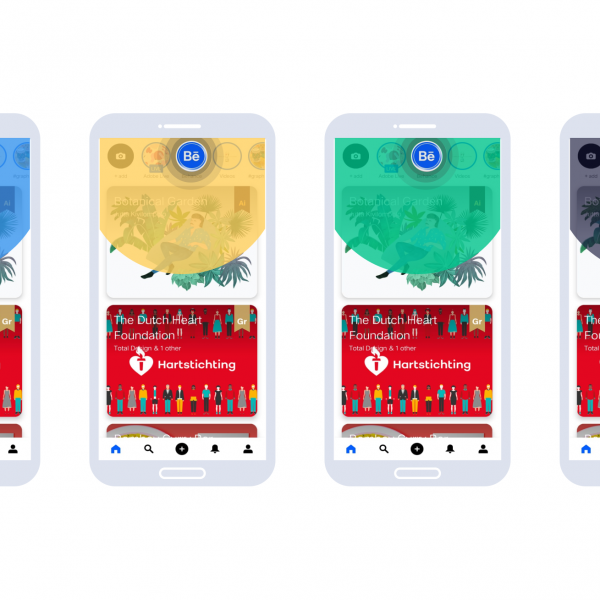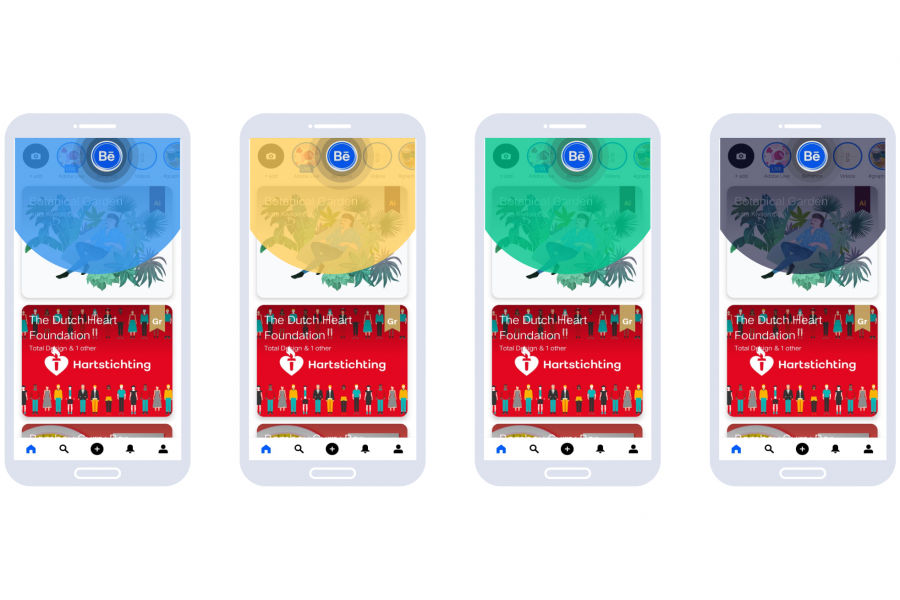With the world becoming shorter and shorter each day with the advent of connected technologies, there is an increasing demand for products that can cater to users across the globe. This in, product management terms is known is ‘i18n‘ or Internationalization.
Internationalization ensures a product can be adapted to various languages and regions without requiring engineering changes to the source code, reduced time and cost for localization.
Brands without boundaries
When a company produces products for a wide range of clients in different countries, the products that are meant for global consumption often must be localized to fit the needs of a given region.
When a company seeks to sell its goods abroad, it may find that there are several roadblocks in the way. Some may be technical barriers that need to be overcome; for instance, different voltages of household electricity or different plug shapes found around the world. These may be remedied via technological adaptations. Other barriers may be cultural. There are many examples that might inspire companies to strive for internalization. Here are some case studies. How different companies embraced i18n:
McDonald’s in India
In India, many Hindus do not eat beef. This means that to internationalize, McDonald’s must focus on chicken, fish, and other non-beef menu items that better conform to local customs and culture. Being able to flexibly adapt lends itself to greater internationalization.
KFC in China
KFC knew that it wouldn’t be able to copy-paste its domestic business model onto Chinese consumers. American customers, by and large, patronize KFC for its limited range of low-cost menu options that can be prepared at lightning speed. Diners typically take their food to go, preferring to eat at home.
For its forays into China, KFC knew a different approach would be required. After 20 years in the country, KFC’s current Chinese menu is approximately twice as large as back home. In addition to their signature fried chicken buckets, the international menu features many Chinese-styled options that would leave American fans baffled — such as egg tarts, shrimp burgers, and vegetable soup. Realizing the passion Chinese eaters have for the flavors of their own local cuisines, KFC even sub-segmented product offerings within China to account for these local preferences.
Uber in Asia
Asia is a different market compared to the US, Canada, or Europe. Challenges are different and culture is different, expectations are different, everything is different. The only thing common is the transportation problem to solve.
To tackle this problem. Uber used a smart and flexible approach in their business. for different countries and locations.
1. in Singapore Lion City Rentals, the Uber subsidiary, has about 300 cars. Within two to three years it will be by far the biggest car rental company in Singapore. This is quite far from Uber’s core business value of not owning cars.
2. Uber offers Uber AUTO in Mumbai thane (India) to meet the travel needs of the local audience, to accommodate auto-rickshaw users.
3. The business has launched UberBOATS in Istanbul
4. UberCHOPPER in Shanghai.
Some components in i18n
- Using a local model
- Sorting and string comparison
- Calendar differences
- Date Formatting
- Time formatting
- Currency formatting
- Number formatting
- Addresses
- Telephone Number
- Paper size
- Units measurements
Localization & i18n
In order to define localization, first, keep in mind that internationalization helps a product become adaptable to and user-friendly for audiences in many different countries. Localization, in contrast, is the process of actually adopting that product to a specific target market once internationalization has taken place.
How we at Netcore adopted i18n
Currency Localization
Use of Rupee v/s Dollar

Personalized template gallery
4th July as the independence day in USA whereas 15th August in India

So, the next time you are designing products for the world, make sure you consider all the different user personas in every geography. Seek help from your team members in that particular location or hire candidates to do virtual user interviews so that you can understand and remove any barriers of product adoption across the globe.







Leave a Comment